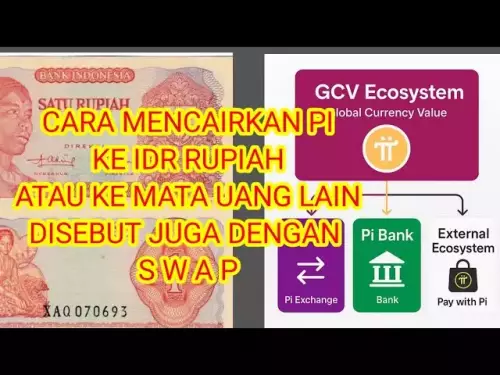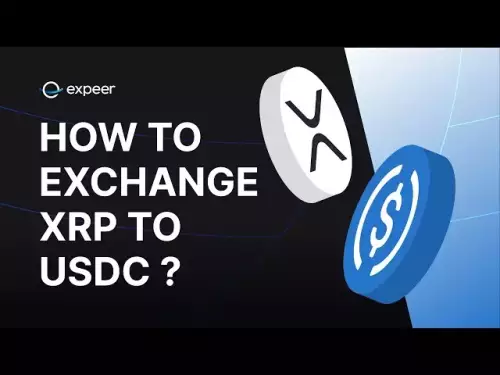-
 bitcoin
bitcoin $112715.707551 USD
-1.71% -
 ethereum
ethereum $4101.475385 USD
-3.01% -
 tether
tether $1.000644 USD
-0.02% -
 bnb
bnb $1207.619465 USD
-6.77% -
 xrp
xrp $2.501451 USD
-3.98% -
 solana
solana $202.947124 USD
-3.32% -
 usd-coin
usd-coin $1.000295 USD
0.04% -
 dogecoin
dogecoin $0.203884 USD
-4.47% -
 tron
tron $0.317154 USD
-1.72% -
 cardano
cardano $0.695009 USD
-4.43% -
 hyperliquid
hyperliquid $38.853961 USD
-8.23% -
 chainlink
chainlink $18.988674 USD
-4.64% -
 ethena-usde
ethena-usde $1.000233 USD
-0.03% -
 stellar
stellar $0.337050 USD
-3.63% -
 bitcoin-cash
bitcoin-cash $536.861728 USD
-1.28%
What are the implications of Dogecoin for the future monetary system?
Dogecoin's unique characteristics, including its decentralization, rapid transaction speed, low cost, and community-driven approach, have implications for the future monetary system, potentially challenging traditional financial institutions and empowering individuals.
Oct 30, 2024 at 02:47 am
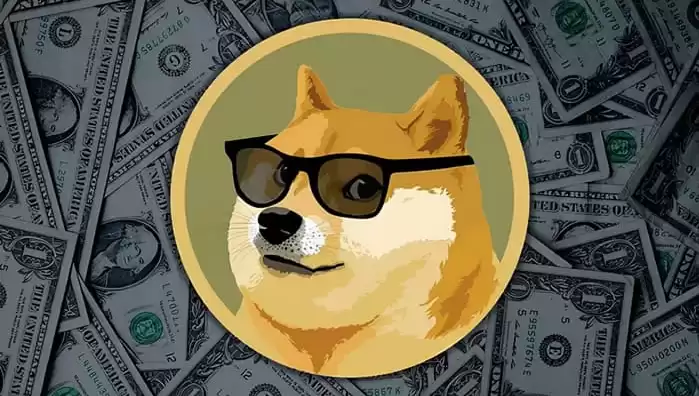
- Decentralization: Dogecoin, as a cryptocurrency, operates on a decentralized blockchain network. This means that it is not controlled by any central authority or institution, such as a government or bank. This eliminates the need for intermediaries and provides greater financial freedom to users.
- Inflationary Tendencies: Unlike Bitcoin, which has a finite supply of 21 million, Dogecoin has an unlimited supply. This means that new Dogecoin tokens can be created indefinitely, potentially leading to inflationary pressures in the long run. However, the inflation rate is designed to be gradual, decreasing over time.
- Transaction Speed and Cost: Dogecoin transactions are processed quickly and inexpensively. This makes it suitable for small, everyday transactions, as well as cross-border payments. The low cost of transactions encourages broader adoption and financial inclusion.
- Meme Culture and Speculation: Dogecoin gained initial popularity as a meme cryptocurrency, driven by social media hype and speculation. While this can be positive for attracting attention and driving up its value, it also introduces volatility and uncertainty in its price.
- Acceptance as Payment: Dogecoin has gained traction as a payment option at various businesses, including online retailers and brick-and-mortar stores. This growing acceptance indicates that it is becoming recognized as a legitimate form of currency.
- Community Involvement: Dogecoin has a passionate and supportive community that promotes its adoption and use. This community plays a role in shaping its future, through discussions, events, and advocacy.
- Environmental Sustainability: Dogecoin's transaction validation process, known as proof-of-work, has been criticized for its high energy consumption. However, there are ongoing efforts to develop more environmentally friendly mining algorithms.
- Long-Term Value: The long-term value of Dogecoin is speculative and depends on various factors, including its adoption as a payment system, the stability of its price, and the evolution of the cryptocurrency market as a whole.
- Potential Risks: As with any cryptocurrency, there are always risks associated with investing in Dogecoin. These include price volatility, security breaches, and changes in government regulations.
- Future Implications: Dogecoin's potential implications for the future monetary system are still evolving. Its decentralized nature and growing acceptance could potentially challenge traditional financial institutions and empower individuals with greater control over their finances. However, it is important to proceed with caution and educate oneself before investing in any cryptocurrency.
Disclaimer:info@kdj.com
The information provided is not trading advice. kdj.com does not assume any responsibility for any investments made based on the information provided in this article. Cryptocurrencies are highly volatile and it is highly recommended that you invest with caution after thorough research!
If you believe that the content used on this website infringes your copyright, please contact us immediately (info@kdj.com) and we will delete it promptly.
- PayPal, PYUSD, and Stablecoins: Riding the Wave of Digital Finance
- 2025-10-16 04:50:01
- Milk Mocha's $HUGS Token: Why the Whitelist & Presale 2025 are Exploding
- 2025-10-16 04:30:01
- Microsoft, Bitcoin, and GitHub: A Balancing Act in the Digital Age
- 2025-10-16 04:30:01
- Navigating the Crypto Chaos: Bitcoin Crash, Maturing Meme Coins, and Market Momentum
- 2025-10-16 04:30:01
- Sui Platform's Typus Finance Hit by Oracle Exploit: A Deep Dive
- 2025-10-16 05:10:01
- Solana's On-Chain Growth: Grayscale's Bets and the $260 Target
- 2025-10-16 04:40:01
Related knowledge
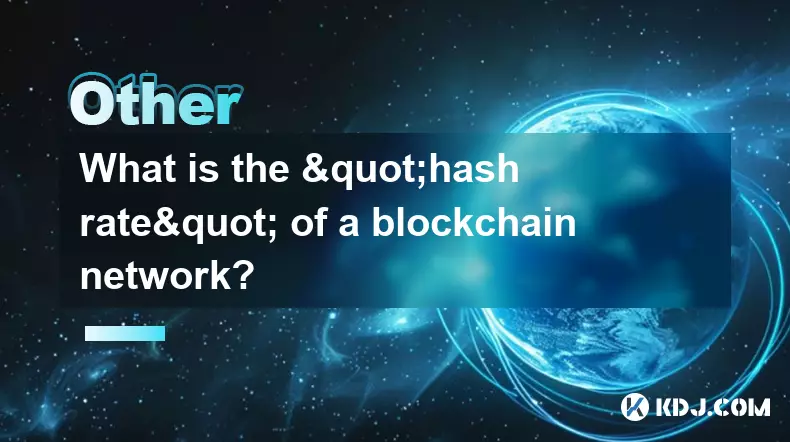
What is the "hash rate" of a blockchain network?
Oct 10,2025 at 03:55pm
Understanding Hash Rate in Blockchain Networks1. The hash rate refers to the total computational power being used to process transactions and mine new...
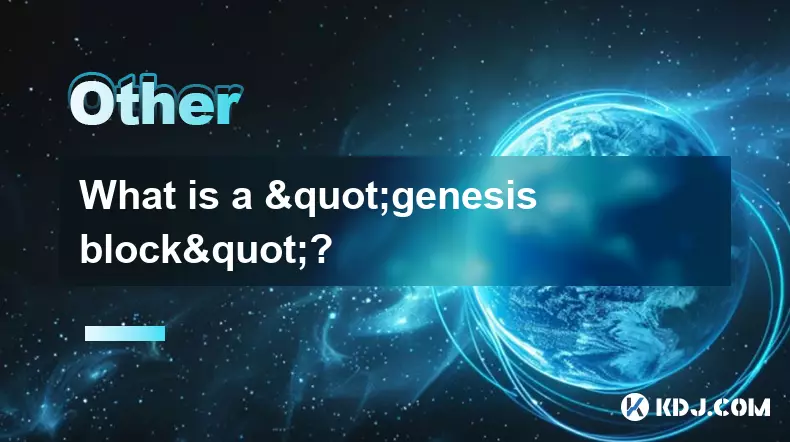
What is a "genesis block"?
Oct 15,2025 at 07:55pm
Understanding the Genesis Block in CryptocurrencyThe genesis block is the very first block in a blockchain network. It serves as the foundation upon w...
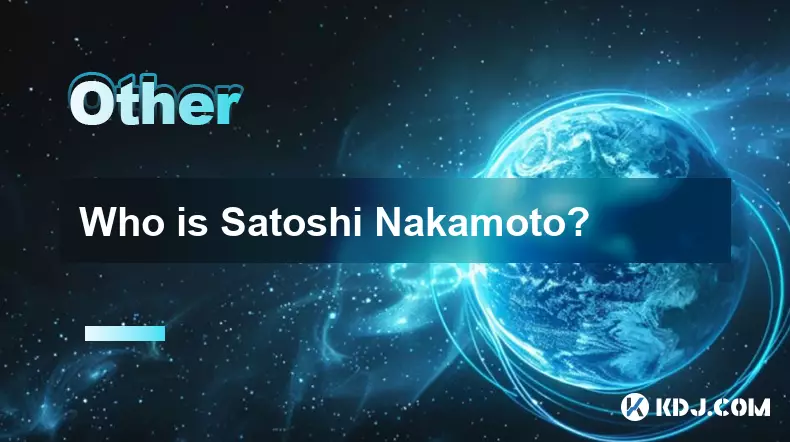
Who is Satoshi Nakamoto?
Oct 15,2025 at 01:01pm
Who is Satoshi Nakamoto?1. Satoshi Nakamoto is the pseudonymous individual or group credited with creating Bitcoin, the first decentralized cryptocurr...
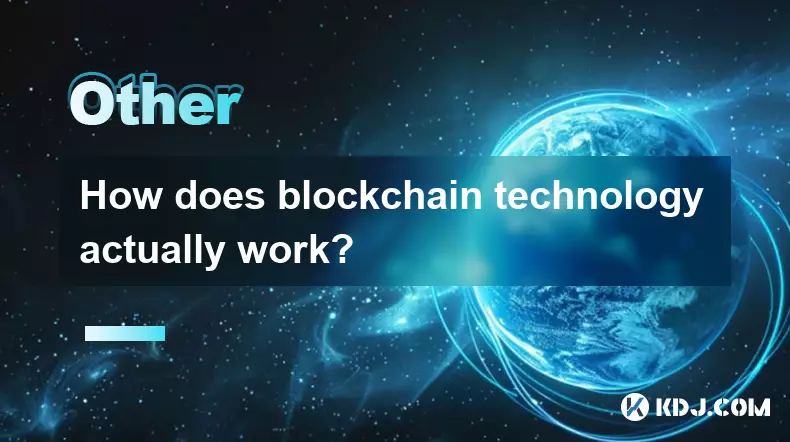
How does blockchain technology actually work?
Oct 11,2025 at 02:36pm
Understanding the Core Mechanism of Blockchain1. At its foundation, blockchain is a decentralized digital ledger that records transactions across mult...

What is a token economy?
Sep 20,2025 at 12:18am
Understanding the Foundations of a Token Economy1. A token economy in the context of cryptocurrency refers to a system where digital tokens are used a...
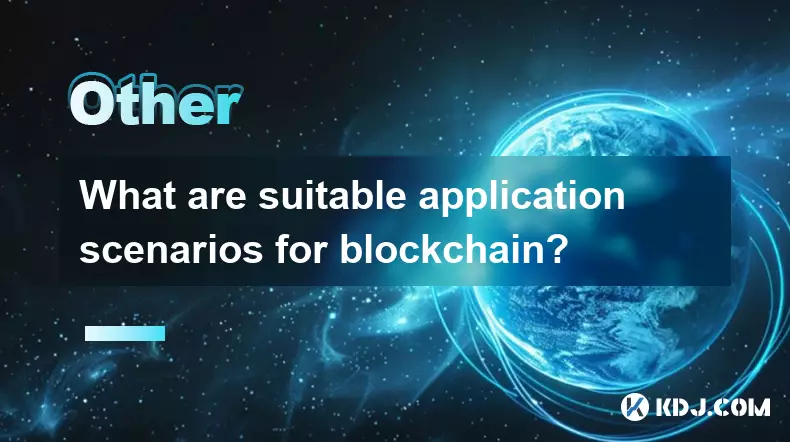
What are suitable application scenarios for blockchain?
Sep 20,2025 at 03:19am
Decentralized Finance (DeFi) Platforms1. Blockchain enables the creation of financial services without centralized intermediaries, allowing users to l...

What is the "hash rate" of a blockchain network?
Oct 10,2025 at 03:55pm
Understanding Hash Rate in Blockchain Networks1. The hash rate refers to the total computational power being used to process transactions and mine new...

What is a "genesis block"?
Oct 15,2025 at 07:55pm
Understanding the Genesis Block in CryptocurrencyThe genesis block is the very first block in a blockchain network. It serves as the foundation upon w...

Who is Satoshi Nakamoto?
Oct 15,2025 at 01:01pm
Who is Satoshi Nakamoto?1. Satoshi Nakamoto is the pseudonymous individual or group credited with creating Bitcoin, the first decentralized cryptocurr...

How does blockchain technology actually work?
Oct 11,2025 at 02:36pm
Understanding the Core Mechanism of Blockchain1. At its foundation, blockchain is a decentralized digital ledger that records transactions across mult...

What is a token economy?
Sep 20,2025 at 12:18am
Understanding the Foundations of a Token Economy1. A token economy in the context of cryptocurrency refers to a system where digital tokens are used a...

What are suitable application scenarios for blockchain?
Sep 20,2025 at 03:19am
Decentralized Finance (DeFi) Platforms1. Blockchain enables the creation of financial services without centralized intermediaries, allowing users to l...
See all articles





















